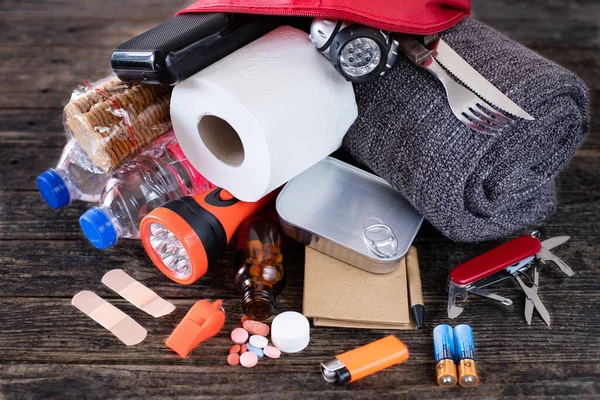
It’s not paranoia if the threat is real. With senior intelligence officials warning that widespread war in Europe could erupt within just a few years, the conversation about nuclear preparedness has shifted from fringe chatter to sober necessity. The unsettling reality is that while governments ramp up military readiness, most households remain dangerously underprepared for the cascading crises such a conflict could unleash.
Preparation isn’t about panic it’s about stacking the odds in your favor. From stocking the right gear to securing food and water independence, the steps taken now could make all the difference between a family just enduring an event and actually surviving it. Drawing on emergency management expertise, military survival principles, and modern homesteading knowhow, here are nine critical moves to make before tensions boil over.

1. Create a Ready-to-Go Bug Out Bag
Emergency management specialist Sean Gold said the key is having a portable kit packed and ready this ‘bug-out bag’ with government-recommended items such as first aid kit, flashlight, power bank, extra batteries, bottled water, and ready-to-eat food. It’s all about mobility a bag light enough to carry quickly but robust enough to keep basic needs going for a number of days.
Experts advise against overpacking. The best kits are designed to fulfill the basics of hydration, nutrition, warmth, dryness, and safety. Each member of the household above 10 years should have a package to avoid dependence should they get separated. Children’s bags must include comfort and identification items as the priority, alongside the basic survival equipment.

2. Master Essential Survival Tools
Packing gear is only half the equation, knowing how to use it is the other. Gold recommends including items like a lighter, water filter, and tarp essentials that meet shelter, fire, and hydration needs. A tarp, for example, can double as rain collection, concealment, or emergency bedding.
Survival instructors stress that you should practice with your tools before the crisis hits. Abilities like starting a fire in rainy conditions or filtering water from a muddied source deteriorate if not rehearsed. As one military SERE trainer attests, “Gear you don’t know how to use is just extra weight.”
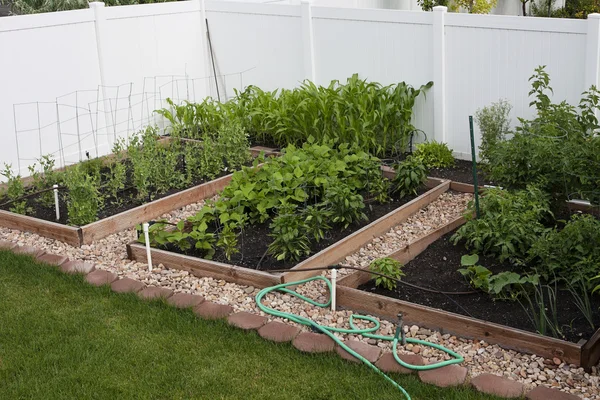
3. Ensure Independent Sources of Food
In wartime, supply chains can collapse overnight. Minimising reliance on the system for food is a hedge against shortages. Even small home gardens may be enough to supplement diets when the shops are empty. A well-planned survival garden, planted with a selection of heirloom seeds for genetic diversity, can yield nutrient-dense crops year-round. So root vegetables like potatoes and carrots store nicely, while legumes give added protein and improve soil health.
Victory garden principles still hold firm choose crops for storability, nutritional value, and ease of cultivation. Companion planting and crop rotation help to maintain soil fertility and reduce pests, ensuring a more predictable harvest without market disruption.
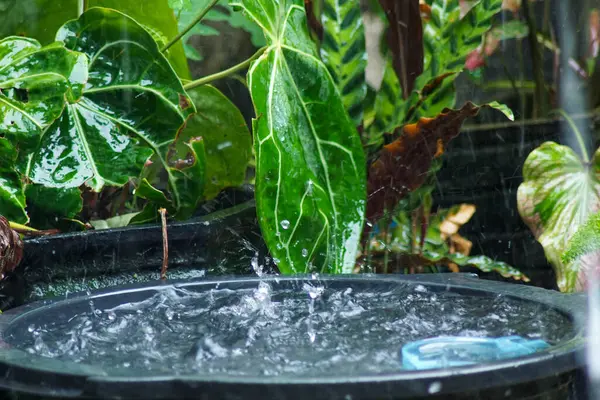
4. Harvest and Store Rainwater
When municipal water systems fail, a do-it-yourself rainwater collection system may be absolutely priceless. A rain barrel setup, using a food-grade barrel, spigot, and debris filter, can collect roof runoff for irrigation of gardens or, with proper treatment, drinking water. A raised barrel increases water pressure, while overflow systems route water away from foundations to prevent flooding.
It also reduces stormwater pollution and provides a sustainable backup supply in case conventional sources are unavailable during emergencies indeed, treated rainwater could answer survival needs under such conditions.
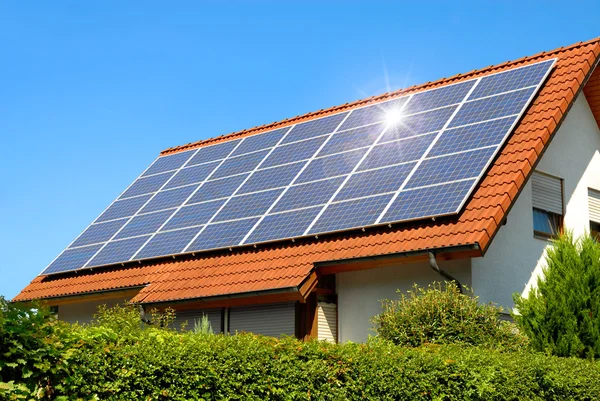
5. Prepare for Power Loss
Conflict often means blackouts. Solar panels or small generators can keep essential devices running, from radios to medical equipment. Portable solar chargers offer an infinite supply of energy for USB-powered gear, while compact battery banks store power for night use.
Faraday bags protect electronics that may be vulnerable to EMPs. This simple precaution could keep communications devices and navigation tools running when infrastructure is compromised.
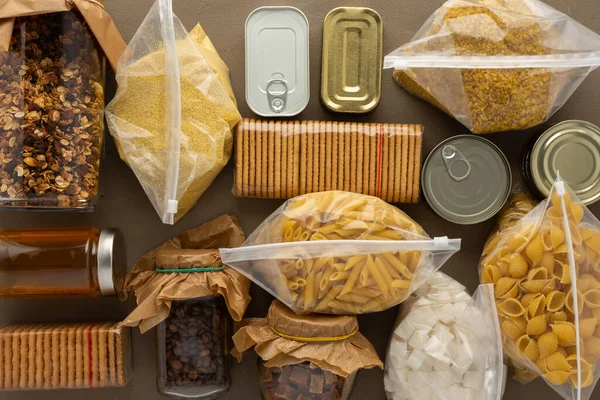
6. Stockpile and Rotate Shelf-Stable Foods
Canned goods are a core element of food independence. The prepping rule ‘store what you eat, eat what you store’ ensures supplies are fresh and familiar. A range of different canned proteins, vegetables, and fruits can satisfactorily recreate nutritious meals and sustain morale.
Rotation is key consume and replace stock in a timely manner to avoid spoilage. Macronutrition in canned foods can be very different mix your selections to cover your energy, protein, and micronutrient needs.
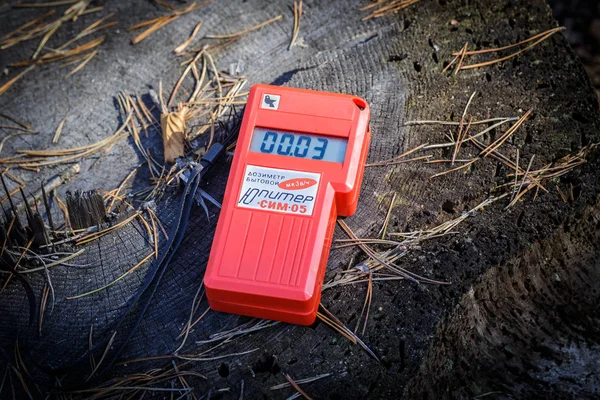
7. Protection from Nuclear Fallout
While many dismiss nuclear scenarios as unsurvivable, Gold points out that most people outside immediate blast zones can survive with the proper precautions. Potassium iodide tablets block the absorption of radioactive iodine. Respirators filter contaminated dust, while Geiger counters allow one to first assess levels of radiation before reentering an area.
Having these items on hand before an incident is crucial supplies disappear rapidly once a threat is announced.

8. Strengthen Supply Chain Resilience
Households can learn valuable strategies from businesses that have been tested through crisis diversify suppliers, maintain emergency inventories, and keep informed. Planning a backup for essentials medications, fuel, hygiene products reduces vulnerability to sudden shortages.
Secured through open communication with local suppliers and community networks, alternative sources are available. In essence, wartime logistics provide the basis of operational flexibility when normal channels collapse.
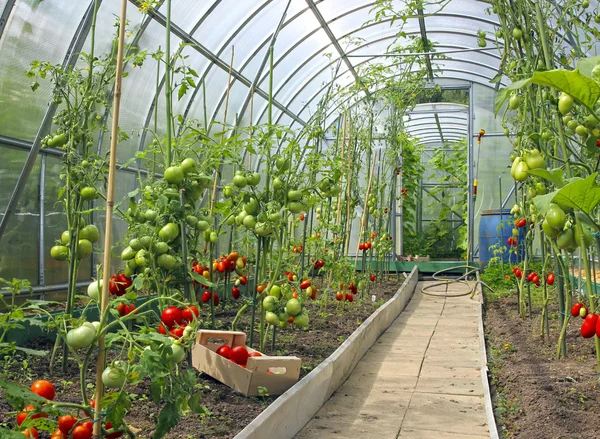
9. Protect Your Survival Garden
The value of a garden depends upon its health. Disease-resistant varieties, organic pest controls, such as neem oil, and barriers against wildlife protect yields. A strategy of integrated pest management brings together prevention, monitoring, and targeted action to avoid overuse of chemicals. Cold frames, hoop houses, or greenhouses can extend growing seasons and shield crops from harsh weather, ensuring that food production continues even during environmental extremes.
Preparedness is a form of quiet power in volatile times. These nine steps are not about living in fear it is about reclaiming control in a world that can change in one night. By combining practical gear, sustainable living strategies, and a readiness mindset, households can transform from passive observers into active survivors. The clock may be ticking, but every measure taken now is an investment in resilience when it truly matters.


